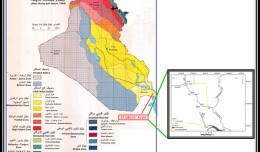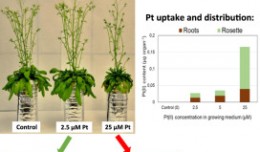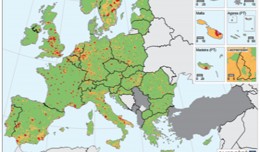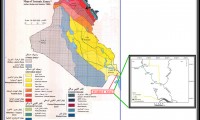Suliman Emdini Gliwan*1 Kevin Crowe *2
*1Ph.D.Candidate, Faculty of Natural Resource Management, Lakehead University, 955 Oliver Rd, Thunder Bay, ON, Canada (P7B5E1).
*2Associate Professor, Faculty of Natural Resource Management, Lakehead University, 955 Oliver Rd, ThunderBay,ON,Canada(P7B5E1).
Abstract Gold mines deliver gold ore and waste rock to processing facilities, after which the ore is separated from the rock through an 11-stage process. The stages of ore processing require large quantities of fresh-water, which is drawn from nearby lakes or rivers. Given the greater importance placed on environmental sustainability, gold producers have become increasingly interested in reducing the amount of fresh-water required to process their ore. One strategy by which this can be achieved is by replacing fresh-water with recycled water, wherever feasible, within the 11 stages of processing.
The objective of this research is to develop and apply amethod by which a gold processor can reduce its use of fresh-water by identifying, within the processing stages of gold ore, where, and by how much, recycled water can replace fresh-water. To achieve this objective, a linear programming model of the optimal water allocation problem was used to minimize the use of fresh-water in ore processing,subject to maintaining the feasibility of the processing stages. This research is innovative insofar as an optimization model aimed at minimizing freshwater usage has not been applied to the gold processing problem by prior researchers.
The model was applied to a gold processing facility owned by Goldcorp Ltd., in Red Lake, Ontario, Canada. The 11 stages, in which gold ore is processed at this facility, had already been using recycled water; but the allocation of fresh versus recycled water, using an optimization model, had not been done before. The results of this research show that the optimal feasible solution generated by the linear programming model required 51 metric tonnes/hr of fresh-water, versus the current use of 68.6 metric tonnes/hr — a reduction o.7%.
Keywords: water allocation model, gold ore processing, linear programming.
 English
English  Français
Français  العربية
العربية 




















